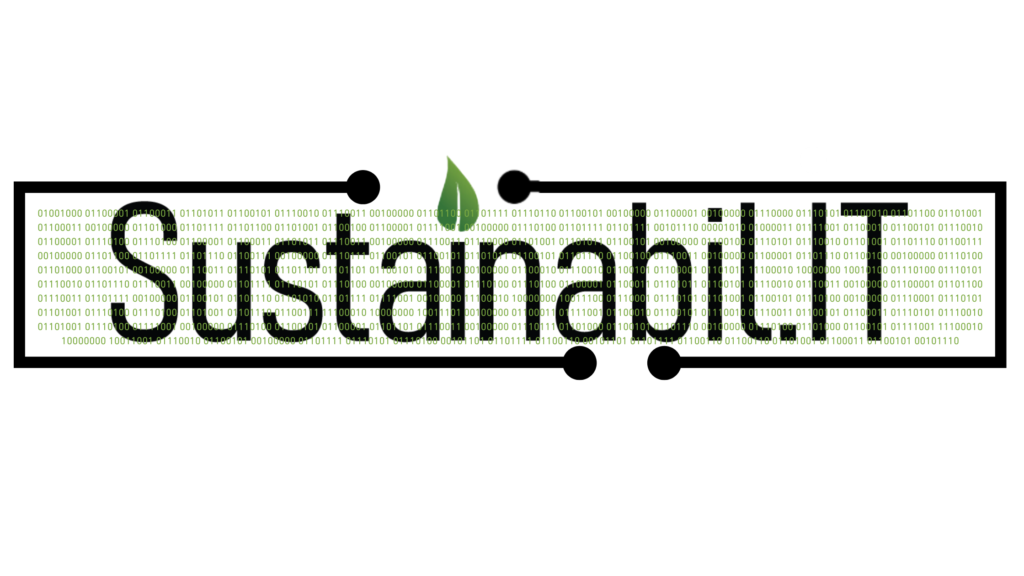Data Breach Delays Are Costing You More Than You Think

Late detection turns a cyber incident into a catastrophe. It’s time we stopped handing attackers a free pass.
When it comes to data breaches, time isn’t just money; it’s brand equity, regulatory compliance and boardroom credibility. According to the OAIC’s May 2025 report, many Australian organisations took weeks or even months to detect breaches in the latter half of 2024. That extended dwell time, the period attackers spend lurking undetected in your systems, is where the real damage is done.
Every extra hour gives adversaries more opportunity to move laterally, escalate privileges, exfiltrate sensitive data or quietly install persistence mechanisms that guarantee a return visit. And while your teams scramble to contain the fallout, attackers are already ahead, selling access or launching fresh campaigns using stolen intel.
Delayed breach detection isn’t just a technical issue; it’s a business risk multiplier. It drags out your recovery timeline, inflates legal and notification costs, and undermines customer trust. The Notifiable Data Breaches scheme makes timing even more critical. Once you’re aware of a breach, the clock starts ticking. But without centralised visibility, how do you spot the breach in time to act?
This detection lag is rarely due to negligence. It’s often the result of siloed toolsets and alert fatigue, with thousands of noisy, low-fidelity alerts swamping already stretched teams. Legacy systems fail to provide a unified picture, while cloud sprawl and remote workforces blur the boundaries of the traditional network perimeter.
Speed is no longer a “nice to have”. It’s a compliance requirement and a board-level KPI. That’s why many Australian organisations are looking to consolidate detection capabilities into a single pane of glass, bringing on-prem, hybrid and multi-cloud telemetry into one streamlined system using a modern cloud SIEM.
But a SIEM alone isn’t enough. Detection must be followed by swift, orchestrated action. This is where Security Orchestration, Automation and Response (SOAR) platforms come in, removing manual overhead from incident triage and empowering teams to respond faster. Think automated enrichment of IOCs, prebuilt containment workflows, and integrated escalation paths that work across cloud and endpoint environments.
Even the best tech will falter without a team trained to use it. That’s why progressive organisations run regular incident response simulations to improve coordination, test escalation paths and refine workflows without halting business operations. A well-rehearsed team won’t freeze when minutes matter.
While every environment is different, a few game-changers consistently stand out:
- A cloud-native SIEM provides unified log ingestion, behavioural analytics and context-rich alerting, reducing blind spots and helping your team see what matters.
- A SOAR platform allows your team to scale without burnout by automating common response actions and offering structured playbooks where human decisions are needed.
- Endpoint Detection and Response (EDR) with advanced threat hunting lets analysts proactively search for indicators of compromise rather than waiting for alerts.
If you’re still piecing together insights from scattered logs or drowning in low-confidence alerts, it’s time to consolidate your detection and response strategy. Sustainabil.IT can help you navigate that transition. As a certified social enterprise and trusted cybersecurity partner, we resell and implement integrated cloud-native platforms designed to cut dwell time, accelerate triage and sharpen your cyber readiness.
Whether you need a Jump Start to set things up or a fully managed detection and response solution that scales with your risk profile, our team can help reduce breach identification time from months to hours.
Because in 2025, the cost of delay isn’t just a line item; it’s the board’s next crisis.
